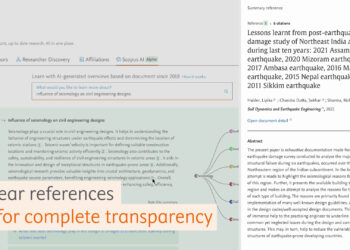Bill Hammack, “The Engineer Guy,” offers the fascinating story of Bell Telephone’s 1964 PicturePhone as part of his series of Stories of Tech Failure. The PicturePhone was an amazing technological achievement for its time, but also an expensive failure, costing Bell nearly half a billion dollars.
And the real twist to the story is that had it succeeded, Bell’s engineers might very well have invented the internet to support it.
Discussion
5 Thoughts on "Stories of Tech Failure: The PicturePhone"
Stories of scientists or engineers making a “near miss” like this are immensely fascinating.
In 1649, Jan Baptist van Helmont wanted to determine where plant material comes from. Given the era, his experiment was brilliant, and impressive in design and precision. He carefully measured the dry mass of soil and the mass of a plant before and after the plant had grown for five years. At the end of the experiment he found that the mass of soil had decreased by about 50 grams, while the mass of the plant had increased by 75kg. He thus concluded that plant matter cannot originate from the soil, and that it must thus come from the water added to the system.
He was wrong. We now know that almost all plant mass is quite literally pulled from the thin air (shown 155 years later by Nicolas de Saussure). But that is not the point.
The point is, Jan was so close to a wonder far more magical than anything anyone could imagine in 1649. He had just measured the result of the very mechanism that turns sunlight to life: photosynthesis. Moreover, the observation he discarded as measurement error (50 grams of lost soil mass) was actually an observation that contained the bits that make the magic work. Magnesium (reaction center in photosynthesis, and crucial in most metabolic pathways), phosphorus (key to energy transfer in all living things, and to the backbone of DNA and RNA), and nitrogen (basic building block of most structures relevant to life).
Why is this fascinating? Understand: this very same thing is happening right now. Right now, some scientist or engineer somewhere is looking at data, analyzing away some noise or wondering what must have gone wrong in the experiment’s design since these numbers are odd. And right there, in front of that person, is some unimaginable wonder, something just as mindblowing today as understanding photosynthesis or DNA would have been to a scholar in 1649.
There are things of unimaginable wonder, greatness and beauty, just there beyond the veil. White areas on the map saying “hic sunt dracones”. Desire to look beyond that veil, finding where the unexplored is, perhaps even travelling there; these are the desires that make some people become scientists.
It is only later they forget the wonder, and become impact-factor-chasing, tired managers obsessed with Dissemination, Registration, Validation and Designation.
Just saw this in Kubrick’s 2001, though it was called videophone. And he was calling from the moon. But other than that, same thing: http://www.currybet.net/images/articles/2009/2001/13_dialling-number.jpg
Spaceship Earth, at EPCOT in Disney World, is a fantastic ride that takes you through the history of communication. Until recently, the future of communications was shown as a video phone. It seemed like science fiction when I was a kid. They have changed the ride to be more relevant now.
Now that everyone has video phones in their pocket (in color no less), it is notable that not only do people not really much use the video functionality, but actually even the audio part is taking a backseat to texting — which is to say really not much different than the telegraph (except, of course, for the “in your pocket” part). Even more valuable, apparently, are telegraph/text messages that disappear after you read them. The bleeding edge of communications appears to be decidedly retrograde. I may invest in semaphore towers as surely they must be coming back into vogue soon. (Actually, this is already happening — high-speed traders are building the 21st century equivalent using microwave, instead of optical, relays to shave nanoseconds off transactions between Chicago and New York).

